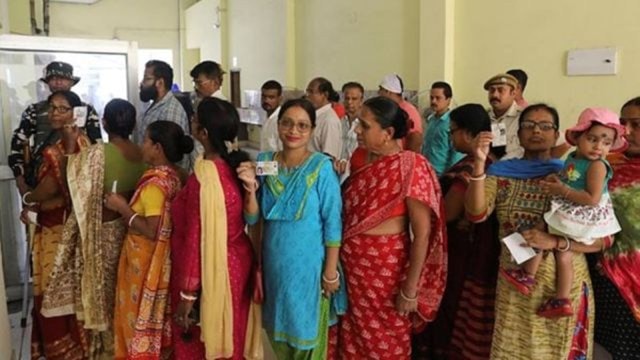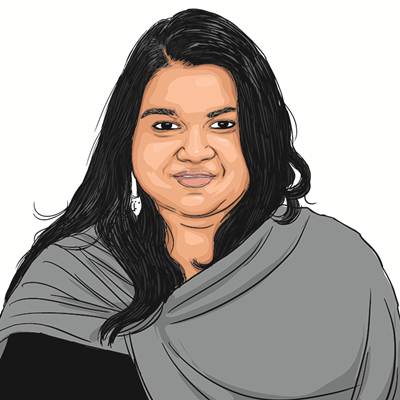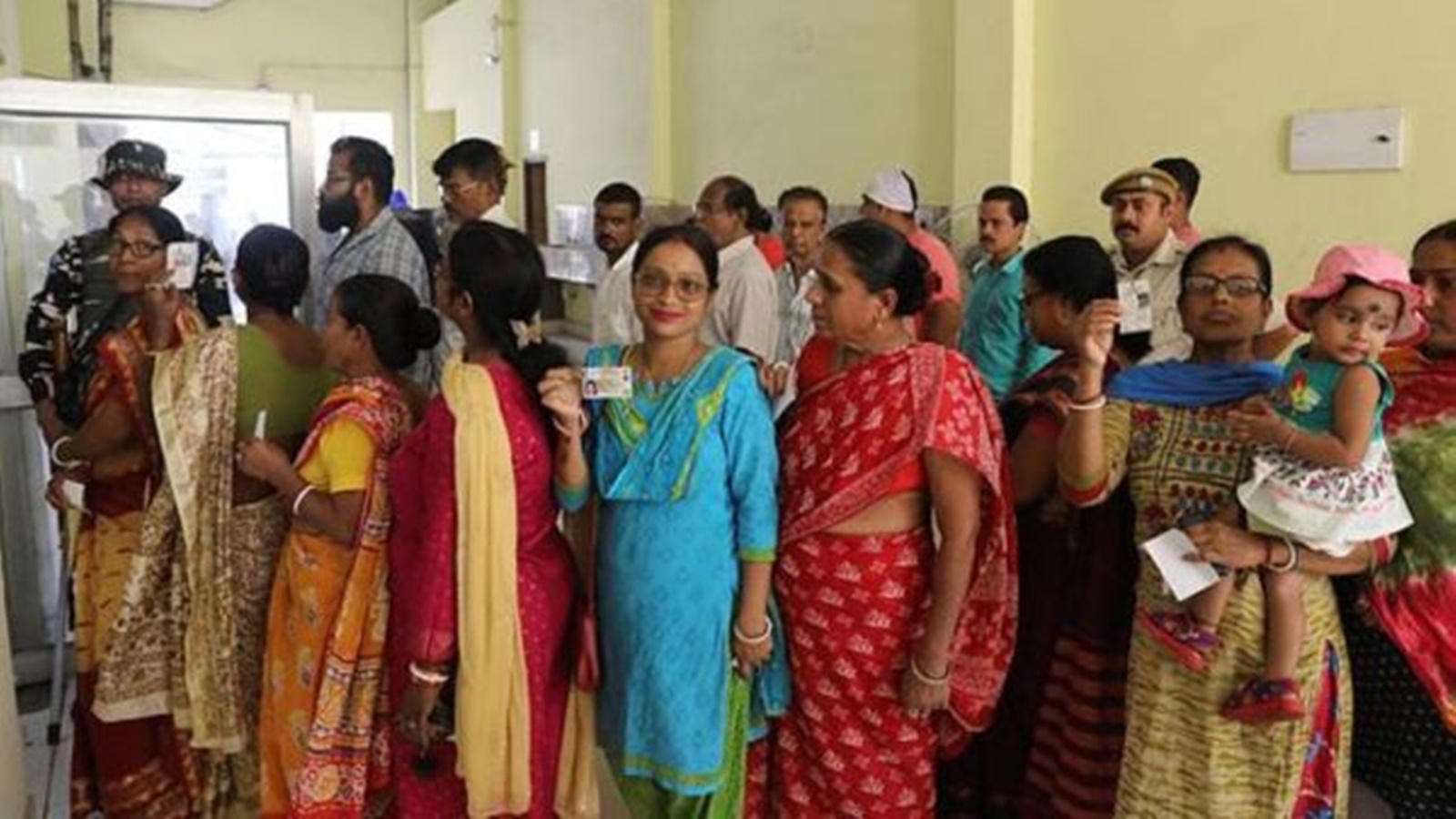

Nov 24, 2024 12:53 IST First published on: Nov 24, 2024 at 12:49 IST
While every win is celebrated and every loss is lamented, in a democracy, wins and losses are more than just results. They also reflect the norms voters endorse. In the current moment, election results can be termed as a culmination of the aspirations of people, the impact of narratives, the power dynamics of groups, castes and communities and promises of development with dignity. Voters now remember and ruminate, and elections have increasingly shown that results are a net consequence of these factors. The swaying of voters in sudden bursts of emotion is a thing of the past.
The aspirations of the people and how the state responds to them through policies has been a major threshold for every election since the last Madhya Pradesh assembly polls. The slight shift of women voters that was seen in MP has been transformed into a strong message to any party that seeks to come to power: They cannot ignore the aspirations of people at the periphery, especially women. The Maharashtra results are showing that while the Ladki Bahin Yojana has struck the same chord as the Laadli Behna scheme did in MP, and the Haryana results showed the emergence of women voters as a bloc cutting across caste and communal lines. That the tight Maha Vikas Aghadi vs Mahayuti contest tilted stupendously in favour of the latter can be majorly attributed to women and Dalit voters who defied the narrative of trust deficit and voted emphatically for the ruling alliance.
Critiques of the welfare paradigm often have a myopic view about the impact of these schemes. Putting spending power in the hands of women translates into giving them power and stake in the decision making in their homes — whether it is deciding where their children go to school, or helping their husbands buy thelas (hand carts) to start a business. Such schemes may not empower them in every sense, but economic empowerment is the first step towards any kind of demarginalisation, whether gender or caste, as it gives marginalised groups greater agency to exercise their rights.
While farmer distress looms large in Maharashtra, the rural assembly segments saw the highest voter turnout, especially in the Vidarbha region where the BJP is fighting the most seats. Farmers united by caste and cotton have reposed trust in the Mahayuti government, banking on the Kisan Samman Nidhi initiative, although the agrarian crisis of Marathwada and Vidarbha goes beyond any party or policy, and can only be resolved through long-term recalibration of policy at region-state and national level. Perhaps the annadatas (farmers) understood this and voted for structural changes, instead of being swayed by sentimental reasons.
The impact of narratives on recent elections is undeniable around the world, not just in India. In the general election, the “samvidhan bachao” (save the Constitution) narrative spooked Dalit and OBC voters and stalled the BJP’s march. But the Opposition’s failure to read between the lines and one-size-fits-all approach in the state elections has cost it since then. The Maharashtra results also show that issues or narratives prevalent during the Lok Sabha election may not rouse the voter sentiment to the same degree in state elections.
The constant thrust on the Caste Census by the INDI Alliance failed to enthuse voters, but the “Ek Hain Toh Safe Hain” clarion call was able to bring together the OBCs and Dalits under one umbrella, with “Nari Shakti” being the overarching narrative. The fact that what stuck in Maharashtra did not find ground in Jharkhand indicates that voters will put their interest over and above any influence or instigation.
The election in Maharashtra, one of India’s most urbanised states, has also underlined the role played by media and social media. The reach of social media amplified the messaging from either side. However, the Mahayuti alliance, despite strong anti-incumbency, was able to overcome the trust deficit of voters and the confusion caused by several breakaway factions of state satraps. However, social media also played major role in the sifting of issues amidst the cacophony. It also highlighted the palpable irony of the MVA alliance partners’ appeasement politics.
From the leftward shift of the Shiv Sena (Uddhav Balasaheb Thackeray) to the creation of several new permutations and combinations in pursuit of power. Voters have denied power to such unnatural alliances of ideas and interests. On one hand, the BJP has walked the talk of broad basing its political leadership, which now boasts of several OBC, Dalit, women and first-generation politicians. In Maharashtra, where the concentration of power among dynasties is quite entrenched, the results herald a change in the status quo.
most read
The power dynamics of groups, whether along caste or communal lines, is a harsh and hard reality of India but the last decade has shown that those lines are capable of being redrawn — not at the behest of politicians but through the will of the people. Dalits and OBC voters can vote for one party in the Lok Sabha polls when the Constitution is seen as being at risk, but they will vote for another party in state elections because of their seeming disinterest towards caste-based census. It was a mistake for the INDI Alliance to mistake a vote for the Constitution in the Lok Sabha elections as a vote for the caste census in state assembly elections.
Another aspect which is becoming clear is the prevalence of interest-based voter groups, which was not apparent earlier. Maharashtra and Jharkhand (showing similar trends from MP to Karnataka to Haryana) have reinforced the emergence of the woman vote bank, cutting across caste lines and perhaps communal lines too. The silent votes of women beneficiaries of state and central government initiatives have tilted the scale in favour of the respective winners of the two states. Dalit and OBC vote banks, which were largely fragmented amongst several local leaders and state parties, are coalescing under a big-tent party where they are leveraging their stronger participation and support into agendas important to their constituents. The election lead of the Mahayuti and, in particular, the BJP’s comfortable majority in rural Vidarbha, Dalit-dominated areas, and even in several Muslim-dominated areas, shows that Dalits, OBC, mahila and kisan have come together to deliver the election victory to the ruling alliance.
The writer is assistant professor of Sociology, Lakshmibai College, Delhi University


